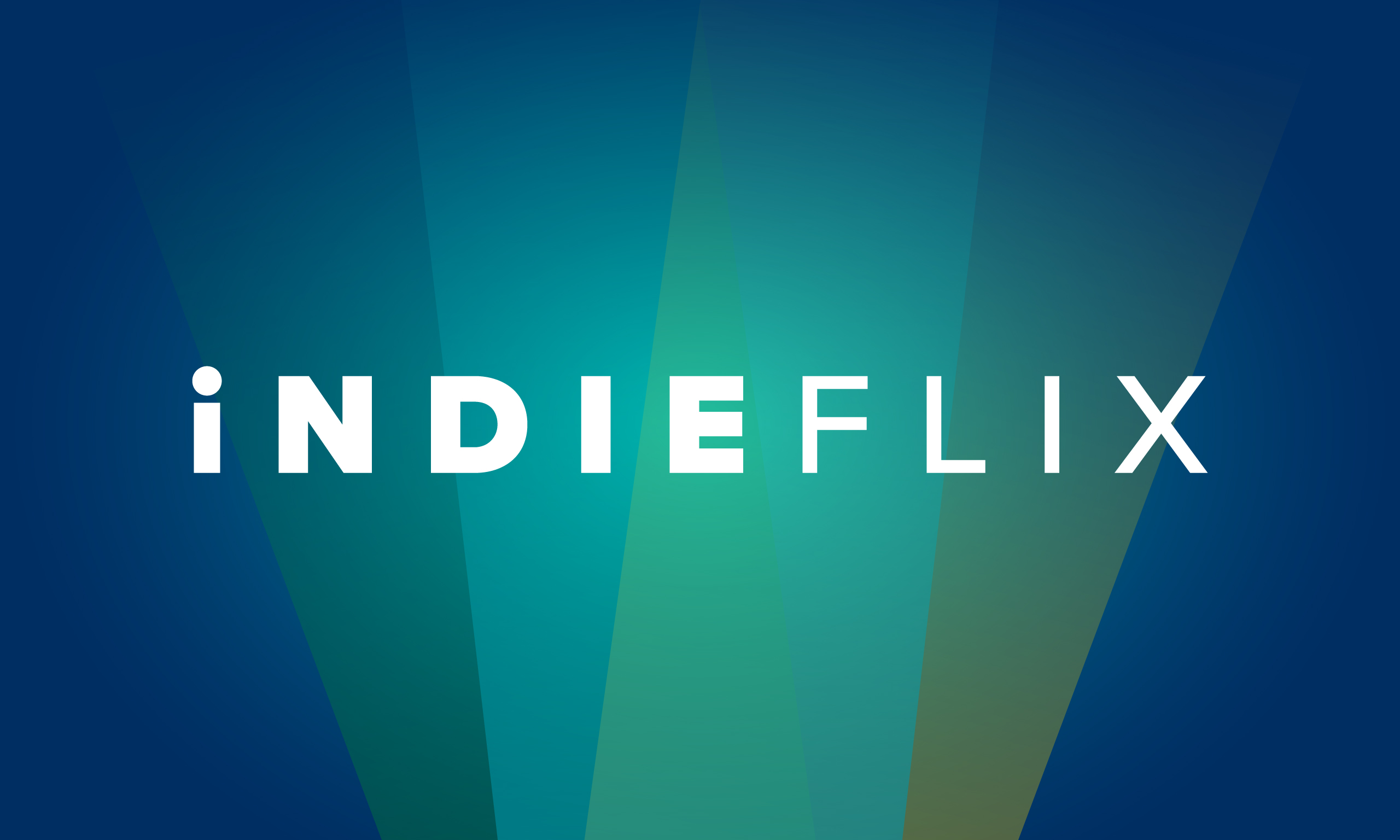I’m now a podcast editor!
CineVic, Victoria’s largest artist-run media centre, has just launched its podcast.
As you may know, I sit on CineVic’s board. Earlier this year Grady Lawlor suggested we have a podcast. It’s purpose is to promote upcoming CineVic events and our member filmmakers.
A volunteer committee cast our host Joyce Kline, the production designer, (after a thorough search.) Paul Ruta has been scheduling and running SquadCast in the background. Yours truly has been editing episodes down to 10 minutes.
Every episode in May 2021 will concentrate on CineVic’s Short Circuit Pacific Rim Film Festival that I also had a hand in programming.
Joyce says:
“My personal logline is: In the midst of a deadly global pandemic, an idealistic team (Michael Korican, Grady Lawlor, Paul Ruta, Joyce Kline) armed only with podcast capabilities and insights gleaned from the filmmakers they interview, puts the spotlight on talented independent filmmakers across the globe.”
Paul says:
“Wow! What a blast this experience has been so far. From this initial thought being brought up in a discussion of the possibility of developing a podcast way back in January of 2021, all the way now to now having scheduled multiple interviews with numerous world class, award-winning filmmakers — it’s been an absolute thrill to be a part of this journey every step of the way! I personally have learned so much from our incredibly hardworking and brilliant podcast team members in Grady, Joyce and Michael — as well as having gathered so many life lessons along with inspiration for my own upcoming projects in hearing all the knowledge, experience and insight that our ultra-talented guests have and will continue to share. I’m hoping the audience will take away as much wisdom as I’ve been doing also in ultimately listening to these episodes. I’m looking forward to what’s ahead with the future guests that we’ll be interviewing for the 2021 Pacific Rim: Short Circuit film festival — and in having this podcast as an outlet at CineVic for filmmakers to speak further on their filmmaking chronicles for years to come.”
Grady says:
“While starting a podcast remotely from scratch seemed like the most challenging part to begin with, it ended up being one our greatest assets. One of our first goals is to reach filmmakers from all across the Pacific Rim and bring their stories to our members back home. Since organizing a remote recording online is more or less the same level of effort these days as lining up an interview with someone in Vic West, why not expand our reach?
Having the technology to pull this off enables our host Joyce Kline and director/producer Paul Ruta to line up a recording session with people we normally would never have access to. One recent interview found Joyce chatting with Marie Jamora, who happens to be directing an upcoming episode for Ava DuVernay’s Queen Sugar.
And if independent filmmakers in Victoria can learn from some of the best out there, why not go for it?
This team has been incredible to work with and the only downside is we’re going to be swamping our producer/editor, Michael Korican, with too much good tape!”
It’s been a lot of work but a ton of fun too! A great project to soak up lots of COVID-thwarted creativity.
Find “Push In, the CineVic Podcast” at https://cinevic.buzzsprout.com/
RSS feed: https://feeds.buzzsprout.com/1760985.rss
My take: it’s interesting to ponder on the evolution of analogue radio through digital audio to podcasting. The barrier to entry is almost zero. But discoverability remains a huge issue: now that we’ve made a podcast, will anyone listen?




